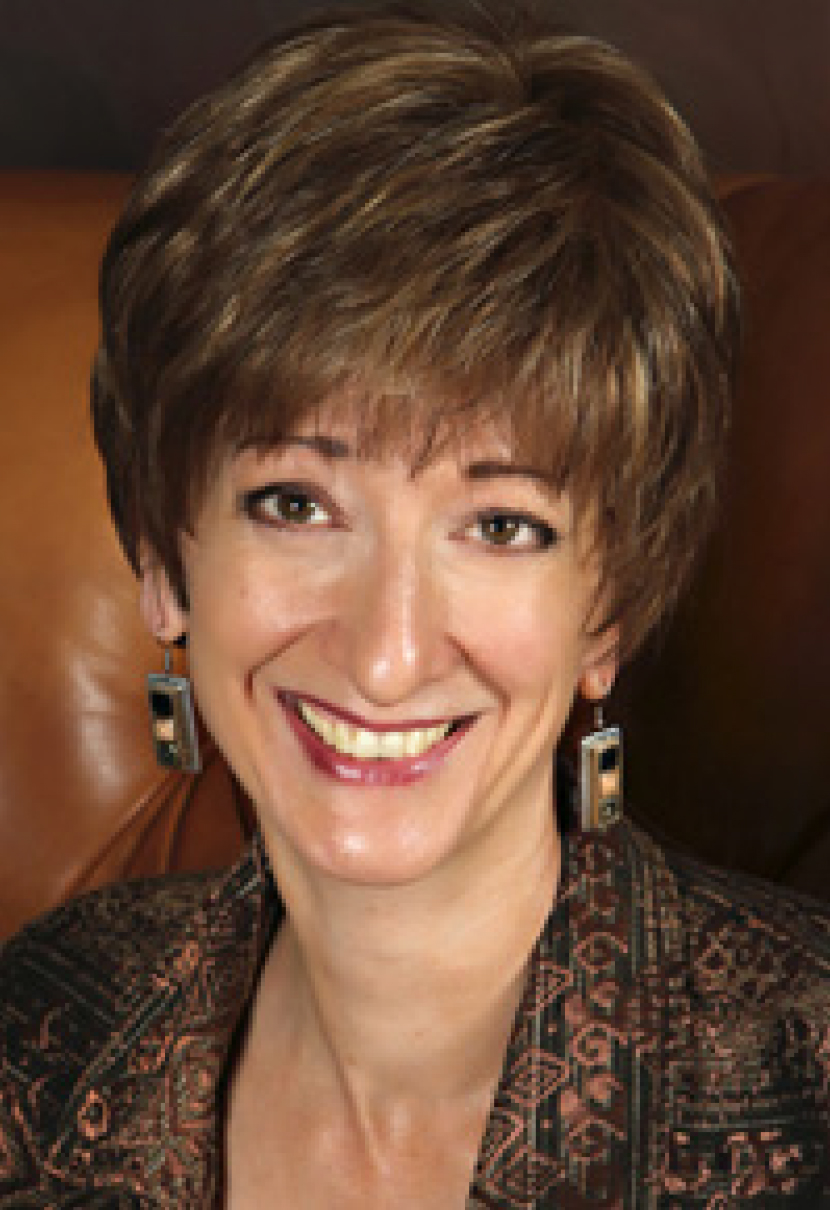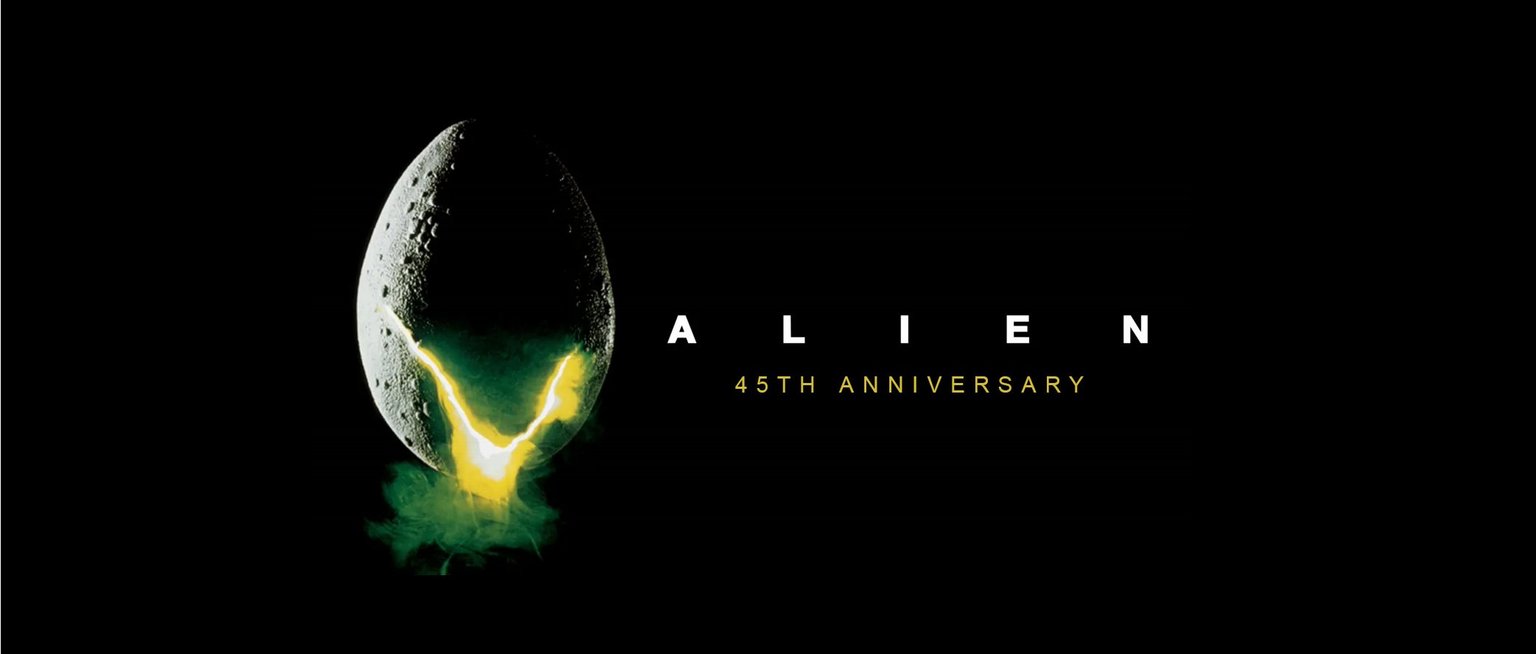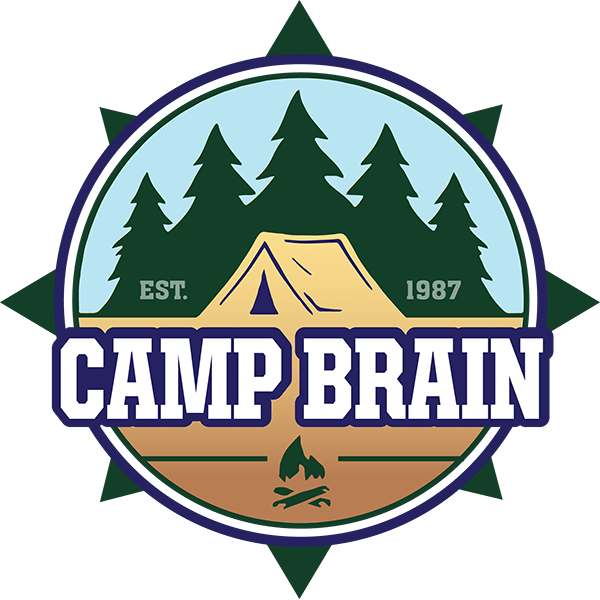Brain Injury Alliance Council Member Dr. Tina Buck Touts the Advantages of Neuromodulation
Dr. Tina Buck, PhD, LPC, BCN, runs Biobalance Integrated Wellness LLC out of Bisbee, Arizona and as of 2022, is the newest member of the Brain Injury Alliance of Arizona’s Advisory Council. Her passion for biohacking and neuromodulation is informed by her personal experience with rehabilitation and recovery from head injury, PTSD, and addiction.
It’s only the latest chapter of a life story that is uniquely hers
“My mainstays today are neuromodulation methods for mental wellness, chiropractic and body work for alignment, and acupuncture and Chinese herbology for overall health.”
Brain Injury Alliance Council Member Dr. Tina Buck Touts the Advantages of Neuromodulation
Dr. Tina Buck, PhD, LPC, BCN, runs Biobalance Integrated Wellness LLC out of Bisbee, Arizona and as of 2022, is the newest member of the Brain Injury Alliance of Arizona’s Advisory Council. Her passion for biohacking and neuromodulation is informed by her personal experience with rehabilitation and recovery from head injury, PTSD, and addiction.
It’s only the latest chapter of a life story that is uniquely hers
“My mainstays today are neuromodulation methods for mental wellness, chiropractic and body work for alignment, and acupuncture and Chinese herbology for overall health.”
Growing up in Ann Arbor, Michigan, Tina attended a public community-based high school, where she was exposed to alternative classes, such as chiropractic backpacking. Practicing meditation twice a day allowed her the energy and focus to graduate at 15, after which she hung around for a year before heading out to Tucson, where she discovered drinking, drugs, and a biker lifestyle. By time she turned 25, she had been addicted for years, and faced the need to get clean and sober.
Then, two years later, in a case of cosmic irony, she was badly injured when she was rear-ended by a drunk driver. The whiplash was exacerbated by earlier life traumas. After trying various therapies, she was convinced that traditional treatments weren’t as effective as promised. Tina pursued modalities considered to be alternative treatments in the 1990s.
The injuries led her to Vocational Rehabilitation where she received the necessary support to pursue her education. She earned her B.S., M.A., and Ph.D. through the University of Arizona, Department of Special Education and Rehabilitation. “In 1993, I took my first formal course on biofeedback, and it included neurofeedback. I was fascinated,” Tina says. She credits neurofeedback with how she fully recovered from PTSD.
Her exploration into nontraditional treatments led Tina to integrative solutions. While working at Sierra Tucson and attending college, she further explored alternatives such as Rolfing, a form of deep body work, biofeedback to address muscle tension, and other forms of meditation. “Rolfing helped me with structural integration, neurofeedback helped me with neurological integration. There were many other modalities along the way, the list is long,” Tina recalls. “It was a process of choosing to come back together, just to function. My mainstays today are neuromodulation methods for mental wellness, chiropractic and body work for alignment, and acupuncture and Chinese herbology for overall health.”
A growing number of medical professionals have employed neuromodulation as a non-invasive technology to harness the power of neuroplasticity. Dr. Buck explains that the brain likes novelty and efficiency, and neuromodulation methods help the brain to function at its best. “I find neurofeedback particularly empowering because it is a training modality, no energy comes into the brain,” she shares. “The brain learns to function optimally, then it’s a beautiful process to witness people getting their lives back from all kinds of conditions.”
The application of neurofeedback was first discovered in the 1960s by Barry Sterman, a NASA scientist. An experiment showed that cats were seizure-resistant after they were trained to increase a specific frequency band. Since then, neurofeedback has been used widely for issues related to attention, sleep, trauma, mood, sports performance, and head injuries. “We find that a lot of people with head injuries are diagnosed with conditions that are not treatable with medications designed for mental illness. When medications fail, people like me search for solutions,” Tina states.
With the advent of COVID-19, many professionals and patients have discovered the advantages of telehealth. Since this has been Tina’s preferred method of brain training since 2012, she was well-equipped for the sudden changes brought on by the pandemic. “I’ve worked remotely with over 250 families and have been very successful raising awareness and solutions for neurological regulation,” she shares.
Carrie Collins-Fadell, CEO of the Brain Injury Alliance of Arizona, appreciates Tina’s approach. “We offer services and supports throughout the state, so it’s important our leaders understand the diverse issues for survivors of brain injury,” she urges. “Dr. Buck brings a wealth of information about southern Arizona and cutting-edge methods to the table. She is a longtime volunteer for the Brain Injury Alliance, and we are thrilled to welcome her to this new statewide leadership position.”
Tina agrees. “We need to educate the public and medical profession about the importance of proper evaluation, then give our brains the tools needed for self-regulation,” she emphasizes. “We also need multiple modalities to help maintain brain health from an overall health perspective, including nutrition, neuromodulation, and effective communication for social connections.”
As a member of the Advisory Council, Tina is looking forward to teaching individuals and institutions how the body and mind can regulate coherently. “I am excited about our future,” she enthuses.
ABOUT BRAIN INJURY ALLIANCE OF ARIZONA
The Brain Injury Alliance of Arizona (BIAAZ) is the only statewide nonprofit organization dedicated to improving the lives of adults and children with all types of brain injuries through prevention, advocacy, awareness and education. BIAAZ also houses the Arizona Brain Health Resource Center, a collection of educational information and neuro-specific resources for brain injury survivors, caregivers, family members and professionals.
What began in 1983 as a grassroots effort has grown into a strong statewide presence, providing valuable life-long resources and community support for individuals with all types of brain trauma at no charge.
The Brain Injury Alliance of Arizona:
- Works with Congressional Brain Injury Task Force
- Houses Arizona Brain Health Resource Center
- Hosts Statewide Opioid Use Disorder & Cognitive Impairment Workgroup
- Has Statewide Opioid Use Disorder & Cognitive Impairment Response team with peer support, training, and family wraparound services
- Facilitates Brain Health Advisory Council
- Manages statewide Neuro Info-Line: 888-500-9165







